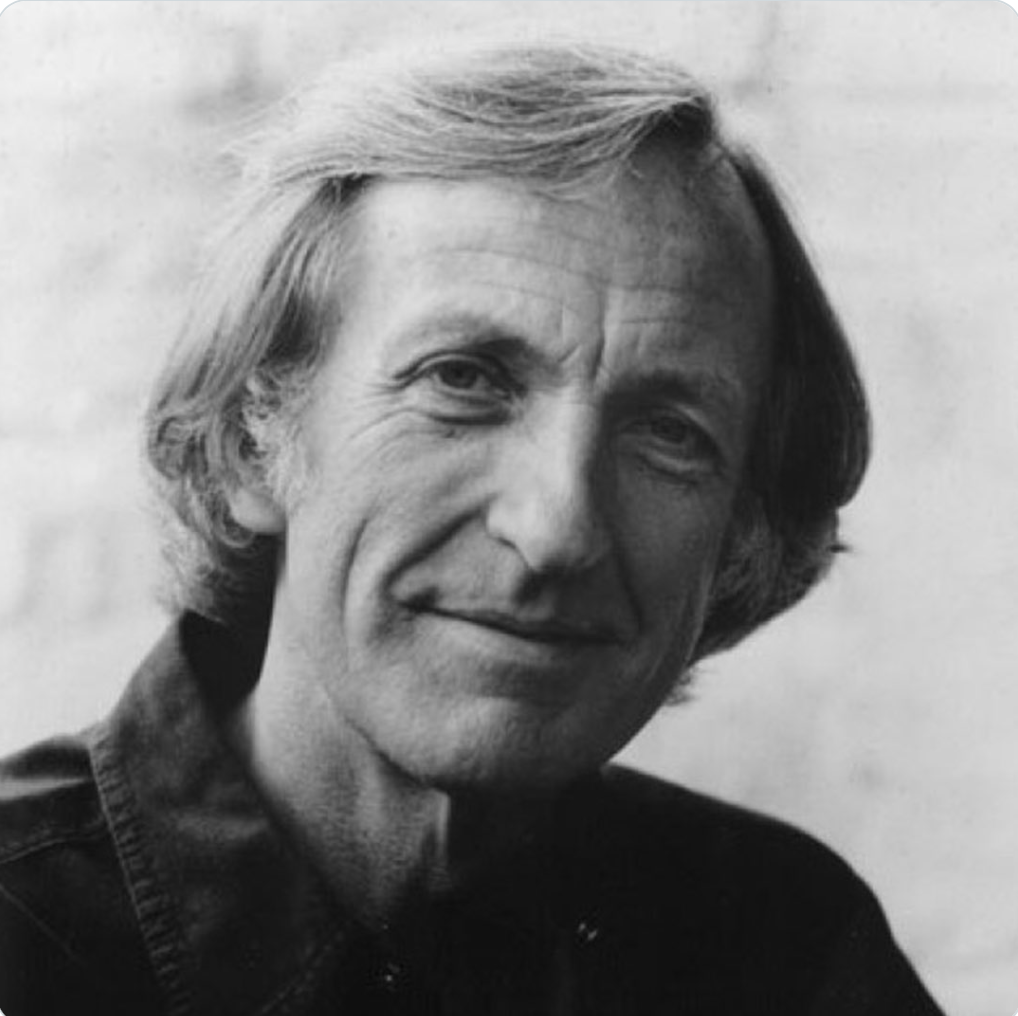In a column for the New Statesman, John Pilger describes another ‘day of mourning’ for the first inhabitants of his homeland, Australia, which for many whites remains a secret country behind the neo-conservative bluster of John Howard’s government.
How many days of mourning have I attended? Vivid in the memory are wreaths thrown on to Sydney Harbour, and men in crumpled hats and women in loose frocks standing on foreshores where their forebears saw the first ships carrying white men. On 14 February, there was a day of mourning for T J Hickey, an Aboriginal boy who was chased by police three years ago and ended up impaled on a spiked iron fence in The Block, a ghetto within sight of Sydneys banks and corporate towers. Commemorative silences were held for TJ and his violent death was likened to Australias many Aboriginal deaths in custody, such as that of Mulrunji Doomadgee on Palm Island.
Palm Island is one of the most beautiful on the Great Barrier Reef, yet few outsiders take the short flight from Townsville. Established in 1918 as a detention camp for Aboriginal men, women and children convicted of the crimes of homelessness, rebelliousness and drunkenness, it has changed mostly on the surface. When I first went there in 1980, an epidemic of gastroenteritis was deemed life-threatening. Two years later, researchers discovered in the records of the Queensland Health Department that Aboriginal deaths from common, infectious diseases were up to 300 times higher than the white average, and the highest in the world. In the cemetery, overlooking waves breaking gently on the coral reef, many of the headstones bear the names of children.
On 26 January last, a date known as Australia Day by whites celebrating their settlement (Aborigines call it Invasion Day), something very unusual happened. It was announced that a police sergeant, Chris Hurley, would be charged with the manslaughter of Mulrunji Doomadgee. In 2004, Hurley arrested Mulrunji for swearing and drunkenness; once in police custody, Mulrunji had his liver torn in two.
These actions of Sergeant Hurley, said the deputy coroner, caused the fatal injuries. However, Queenslands director of public prosecutions decided not to lay charges. This is standard practice. In 1989, a royal commission inquired into more than 100 deaths in custody, many of them demonstrably murder or manslaughter. I had no conception, wrote the chief commissioner, Elliott Johnston, of the degree of . . . abuse of personal power, utter paternalism, open contempt and total indifference with which so many Aboriginal people were visited on a day-to-day basis.
So spoke the voice of Australian liberalism and justice. Of the 339 recommendations made by the royal commission, not one called for criminal charges. The prosecution of Sergeant Hurley is the first of its kind, and it happened only because the Queensland government was virtually dragooned into seeking the independent opinion of a retired chief justice of New South Wales.
Of all the great Australian pastimes, silence is currently the most popular. This is largely due to a fear of speaking out, described in a rare book, Silencing Dissent, by Clive Hamilton and Sarah Maddison. The authors fellow Australian academics and writers say little if anything publicly that might upset the all-controlling Bushites of John Howards government and its inspectorate in the media. Trial by media of Australias domestic victims, be they Aboriginal or Muslim, is standard practice. Officially approved platitudes pass as news and commentary, along with weary stereotypes of much of humanity, from heroic Aussie cricketers to whingeing Poms and mad mullahs. True Australian heroes go unrecognised, such as Arthur Murray, a former Aboriginal union organiser who has fought unremittingly for 25 years for justice for his son Eddie, killed in police custody, and for all his people. Few white Australians will have heard of Arthur, whose dignity and courage evoke a secret history, described by the historian Henry Reynolds as the embarrassment of bloodied billabongs (lakes).
Australian values and national pride are political distractions of the moment in a nation witlessly at war in Iraq and Afghanistan a nation with up to 43 per cent youth unemployment at home and, in some places, the majority of its black youths in custody.
Australian patriotism, says the cultural historian Tony Moore, should be first and foremost based on taking the piss, of laughing, not just at ones self but at the powerful . . . He calls this bullshit detection. Terrific idea, Tony, but I suggest you first run it by Arthur Murray and the people of The Block and Palm Island; for until we whites give back to black Australians their nationhood, we can never claim our own.


